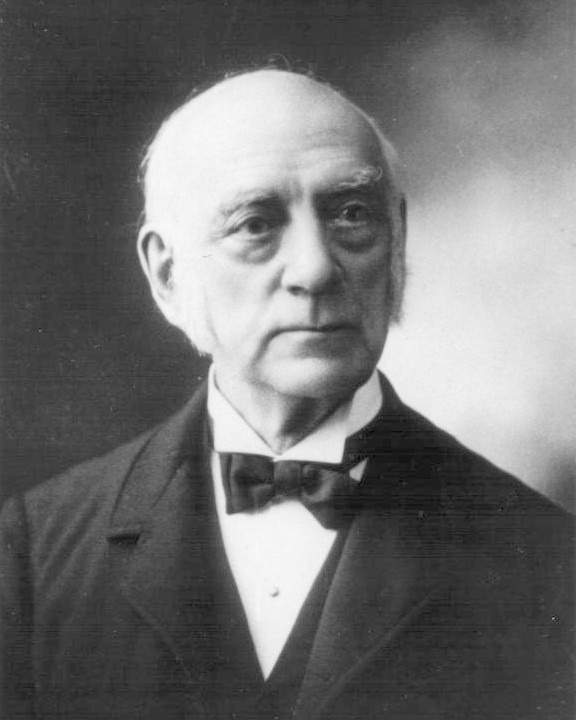 |
| Ernest Fenellosa |
By Fumiya
Life of my focus person
Life of my focus person
Ernest Fenollosa is famous as a
student of Japanese art. He was born in the US in 1853 when the Black
ships came to Japan. He studied philosophy at Harvard University.
After graduation, he was interested in art and entered an art school.
When he was 25 years old, he found a job offer with information of
Tokyo University and he came to Japan in the same year. He taught
economy and philosophy in Tokyo University. After came to Japan, he
was really impressed by the beauty of Japanese art and he began to
study it by collecting antiques and traveling to old temples. Later,
he was shocked that Japanese didn’t respect Japanese art because
they aimed at westernization. Then, he began to protect Japanese art.
He taught the beauty of Japanese art to Japanese by giving lectures
to them and researching antiques with Okakura Tenshin who contributed
to Japanese art greatly. In addition, he tried to develop Japanese
art by creating new style of art with Kanou Hougai, who was a great
painter, and researching the present conditions of western art with
Okakura Tenshin. In 1888, Fenellosa established Tokyo school of Fine
Arts with Okakura Tenshin and became a vice-president. Later, he went
back to the US and tried hard to introduce Japanese art there.
Therefore, he contributed to reviving and developing Japanese art
greatly.
Summary of
discussion
I asked three discussion questions
about Ernest Fenollosa to my group members. Firstly, I asked them
“Why do you think Fenollosa decided to go to Japan?” Student A
answered that she thought his relationship with his family was not so
good or his parents were divorced. Student B answered that she
thought Fenollosa was interested in Japanese art since he was a
child, so he wanted to go to Japan. Student C answered that she
thought Fenollosa liked Japanese culture and art, so he wanted to
learn about them in Japan. Secondly, I asked “Why do you think
Japanese traditional art was treated badly and a lot of temples and
statues of Buddha were destroyed when Fenollosa came to Japan?”
Student B answered that it was very surprising and she thought
because Japan aimed at the westernization at that time. Student A
answered that she thought it was because of Haibutsukishaku [the
move to abolish Buddhism in Japan, especially during the Meiji period -
Ed]. Student C answered that it was difficult, but she thought it
was because Japanese liked western art and culture at that time.
Finally, I asked “Why do you think Fenollosa loved Japanese art?”
Student B answered that she thought because Japanese art was not
colorful but simple such as an ink painting and Fenollosa was
impressed by this feature of Japanese art. Student A answered that
she thought because Japanese art was different from western art, so
Japanese art was fresh for him and attracted him. Student C answered
that she thought because Japan had many kinds of art and each art was
very beautiful.
Reflection on person
and project
Through this project, I could
understand about Ernest Fenollosa. Also, I could understand that he
really loved Japanese art and culture. He let Japanese turn their
attention to Japanese art when Japan aimed at the westernization and
he carried out various activities to revive and develop Japanese art
actively. Therefore, Fenollosa contributed to Japanese art greatly. I
thought he was a benefactor of Japanese art. Also, I thought we
should respect him and Japanese art. Finally, through this project, I
felt that learning the history was very interesting and useful
because the history sometimes taught us what we should do.
References
Nihonn no onnzinn Fenollosa [A
benefactor of Japan, Fenollosa] Retrieved from

